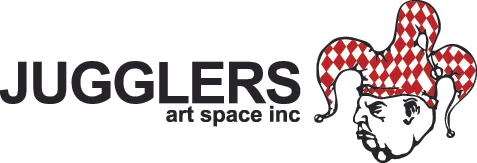Megan Holloway
/In various ways since completing my visual arts undergrad in 2001 I have tried to reconcile the conflict between the desire to develop as an artist and blaze my own creative path and the basic need to make a living.
During the course of my visual art studies I decided that I would not view my art as a form of income. In terms of earning money I felt uncomfortable with the idea of relying on the acceptance of galleries and the public and was concerned my creative intentions might become stilted under the pressure to produce saleable works of art. I think this was particularly daunting in the formative stages of my practice; the idea of my artistic expression in some way being corrupted and no longer genuine for me was the antithesis of what my creative practice was about. And anyway, the job that would support my creative ventures was surely just round the corner…?
After 10 years, completing further study in art therapy, holding different jobs in the health and community sectors and spending a tiny portion of my time on group exhibitions and making art I have returned to the same question, how do I earn money in a way that will adequately provide for me and allow me space to develop as an artist?
In searching for the security of some level of permanent employment I have found there is a lack of accessible and affordable ways for artists to up-skill into paid employment that does not wholly compromise the time available for their practice. Are there ways to combine an arts practice and secure employment? Are there targeted training or education opportunities out there to assist artists find complementary employment in sectors such as the arts, community and business? Can artists find ways to contribute meaningfully to the community and feel financially secure?
Fortunately there seem to be an increasing number of initiatives, opportunities and resources for emerging artists in Queensland. The provision of support to establish and maintain mentoring relationships, initiatives such as Juggler’s to lessen studio space rent, and information and assistance to apply for government grants are all encouraging artists to develop and maintain their practice.
The issue of money can influence and shape an artist’s development. It seems that beyond grants and development programs there is room in the arts sector for some creative construction, to build pathways that lead to secure financial situations for artists especially in the developing years. Thank you Jugglers for valuing artists and for providing me with the incentive I needed to move into a studio space and re-engage meaningfully with my art practice.


